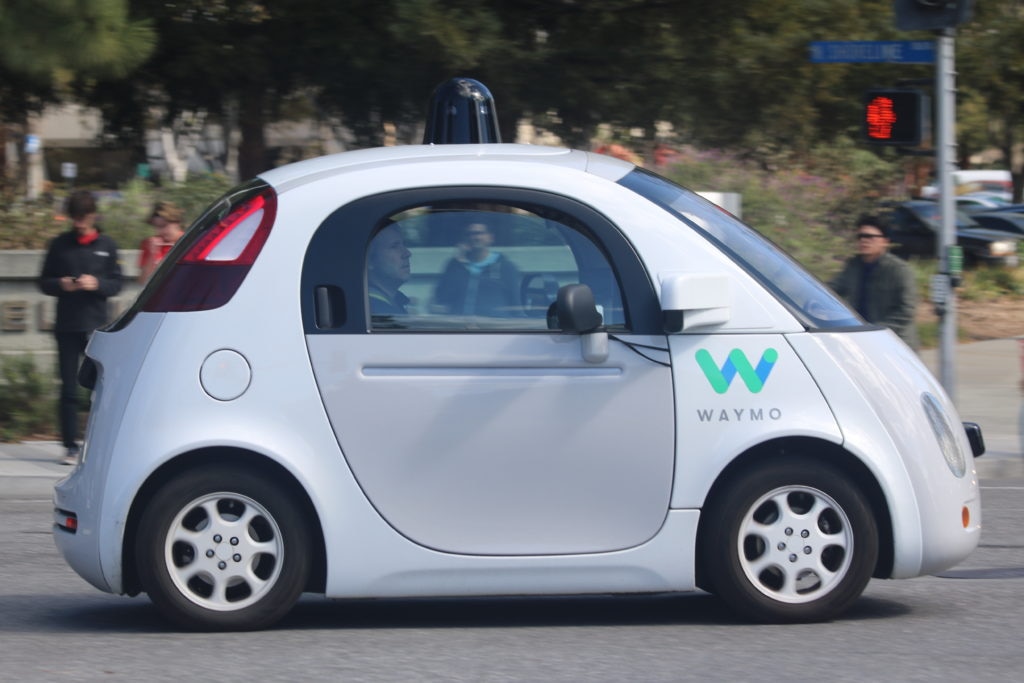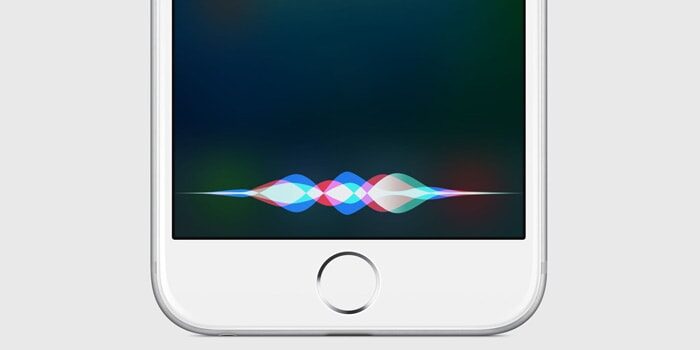Dr Ataul Habib Khalid,Lecturer in sensors and sensor systems

We may all remember listening to Professor Stephen Hawking speak with a synthesised human-like voice created by his eye movement, to selecting and feeding the words to a machine. The mechanical robotic sound was produced through an electronic synthesis process, but it was the human who was creating those words.
The voice was unique and the message was interesting, so it always stood out of the noise and grabbed the listener’s attention. There is something different about hearing a mechanical voice, though we are approaching a point where differentiating between a human and machine voice will become impossible.
The Holy Quran talks about a similar machine that was producing a mechanical or lifeless voice that grabbed people’s attention and let them go astray from the truth. Allah says in Holy Quran:
فَاَخْرَجَ لَہُمْ عِجْلًا جَسَدًا لَّہُ خُوَارٌ فَقَالُوْا ہَذَا اِلٰہُکُمْ وَ اِلٰہُ مُوْسیٰ فَنَسِیَ
“Then he produced for them a calf — a mere body which emitted a lowing sound. Then [he and his companions] said, ‘This is your god, and the god of Moses but he forgot [to mention it to you].” (Surah Ta-Ha, Ch.20: V.89)
The inventor of that machine was Samiri. He used a technology to grab people’s attention and follow him to worship the machine as if it was a god left behind by Mosesas for them. That machine synthesised the sound most likely through mechanical means, but the message was surely idolatry and hence the Holy Quran says it was a lifeless sound. However, the machine only produced lifeless sounds to attract people, a product that Samiri engineered to control the minds of the masses.

Hazrat Khalifatul Masih IVrh, in his Friday Sermons of 30 September and 7 October 1988 gave a detailed account of the Samiri incident as one of the most painful eras during the time of Mosesas and mentioned that the ideas of the “Samirism” stayed among the followers of Mosesas for a long time despite its apparent destruction.
On this backdrop of history, it will not be difficult to foresee that after over 3,000 years later, we are once again witnessing the world starting to listen and worship another type of machine where the basic concept is same – Samirism: ambitious plans of technological achievement to take the masses away from their Creator.
The idea of connected machines or networked machines is not new, and the basic technology existed long before we actually built the machine communication network. Many scientists had already anticipated the existence of worldwide networks of information through networked machines.

The real machine to machine communication started in the 1970s, when Robert Kahn and Vinton Cerf developed Transmission Control Protocol and Internet Protocol – TCP/IP – a communications model that set standards for how data could be transmitted between multiple networks. This is like developing grammar for networked machines. This led to the development of the concept of “packet switching” or “data,” a method for effectively transmitting electronic data that would later become one of the major building blocks of the internet.
The Internet Protocol (IP) requires that every machine on the network have a unique address to deliver a data/packet. The information controller on the network reads the sender and receiver addresses, just like postal services where millions of items come from different places but are eventually sorted and finally delivered to the correct address.
While networked machines connected with hard wires started to communicate to build the information highway – i.e. the internet – the wireless networked machines also start emerging.
The first wireless 1G, or the first generation of wireless protocols, gave birth to mobile telephony in 1979 in Japan, and in a short space of time, the wireless telephone or mobile phones generations grew quickly with each new generation, becoming better than the previous one. We are all familiar with this progress as 2G, 3G and 4G enabled devices are in our pockets.
Recently we have started hearing more and more about 5G in news and print media, where the world’s technology giants are competing to build the infrastructure of this technology. At the same time, talks are already underway for the 6th generation or 6G to evolve around 2030.
The big question is, what exactly is 5G and all the fuss surrounding it? The simple answer is that 5G will be amazingly faster and full of new capabilities; for example, the typical download time of a 1GB size picture on a 1G device was more than 1.5 months; on the other hand, on a 4G device it is just 1.5 minutes. However, in 5G it will be just less than a second.
So what’s the problem if things happen fast? This is a good thing, right? This part of the question is not so simple to answer in terms of “yes” or “no”.
Before answering the question, it would be useful at this stage if we discuss some details regarding the processes of how machines talk to other machines. All machines connected on a network adhere to the protocol for the information transmission and receiving, allowing our wireless devices to communicate with each other.
Put simply, when you dial a number on a mobile phone, a set of processes takes place from your mobile phone to the receiving phone. Yet your phone is already talking to other machines all the time. Just because we don’t “hear” them does not means they’re not talking! Therefore, until the receiving phone rings and the user picks up and says hello, both machines (calling and receiving mobile phone) are talking to each other and agreeing to establish a link to communicate the user’s voices.
Since early 1990, 2G and 3G mobile phone communication protocols became digital to merge seamlessly with any available network, wired or wireless. A digital transmit and receive means that all information that humans produce or consume, like voices and images, is converted into a digital format. A digital format means that every information i.e. data or packet on the network is just numbers and when these numbers move from one place to the other, they have to be coded and decoded to keep the integrity of the information they carry.
When we speak or send a picture on a mobile phone for example, every word is converted to numbers and then encoded to release on the network towards the other phone, one packet after other, and on the receiving end, the same process is repeated in reverse to decode the voice or picture. This coding and decoding is the most time-consuming part because these tasks are serial in nature, as if a pipe conveys water from one place to another. For example, if we have a water pipe one-centimetre wide in diameter, there is a limit on how fast we can fill a bucket on the other end. However, if we increase the diameter from one centimetre to one metre, it will fill a tanker in the same time as a bucket. This is effectively what is going to happen when 5G will start rolling out later this year.
So why didn’t we do it earlier? Scientists were too busy to solve this problem, to increase the diameter of the data pipe so to speak, but it was not a trivial problem. A Turkish scientist, Dr Erdal Arikan, was the inventor of polar codes for 5G network to increase the “diameter” i.e. a multichannel coding process for over 20 years. He finally discovered a breakthrough technique that enabled his miracle codes using a relatively cheap hardware to achieve this.
Here you can understand that this is the key development because it enabled high speed data coding, so whoever will manufacture the hardware will potentially have the keys for the backdoor to our communications. Thanks to these new polar codes, data speed will be a hundred times faster and so it would remove the bottlenecks of information flow for machines to talk to other machines.
You may now ask what the big deal is if we get to download a video in one second instead of one hour? Apparently, this is a good thing, but there is another side of the ultra-high-speed machine-to-machine communication.
The first answer is that due to this increased bandwidth of data flow, a huge number of devices can be connected to network at all the time. These machines will be helping us by monitoring medical implants to everyday tasks using its sensors network. The net will be cast on every human being on the planet whether they use the network or not. This is excellent news for the upcoming autonomous cars (driverless car). This technology will be the biggest beneficiary of this development because each autonomous car needs multiple data communications links at very high speeds to keep everyone safe on the roads.
The next important beneficiaries are those of the “Internet of Things” (IoT). They are slowly creeping up in our homes like connected devices, for example the one marketed by Amazon – Alexa – or Siri by Apple. The IoT is growing faster than we can imagine and this is where machines talk to other machines and do not need any human intervention most of the time. This is changing our world in front of our eyes and the world is sleepwalking to embrace this technology because it “sounds” so nice!
The IoT is a technology designed to distribute almost everything that connects to network, or in other words, it will connect together all machines to talk to each other without human interaction. This means that we will all be immersed in the gazes of these machines at all times without any chance to escape. The key driver for this technology is machine intelligence or artificial intelligence that has almost all of the capabilities of humans but is ultimately lifeless and devoid of spirituality.
It is just matter of time before this marriage of 5G capability and machine intelligence will give birth to new machines that will have far superior capabilities than humans.
Now there is a philosophical debate whether such machines will remain in human control or will go rogue. One thing, however, will remain: they will be lifeless and devoid of spiritual insight.
The Holy Quran is very clear about the wicked plan and outcome of Samiri’s machine. Although it took people away for a while from the remembrance of Allah and they followed falsehood, ultimately the end of such machines was doomed.
As I have mentioned at the start, the fascinating insight of Samirism described by Hazrat Mirza Tahir Ahmad, Khalifatul Masih IVrh teaches us to be aware of the dangers of falsehood, which is all around us, and seek Allah’s forgiveness to help us stay on the path of righteousness.

